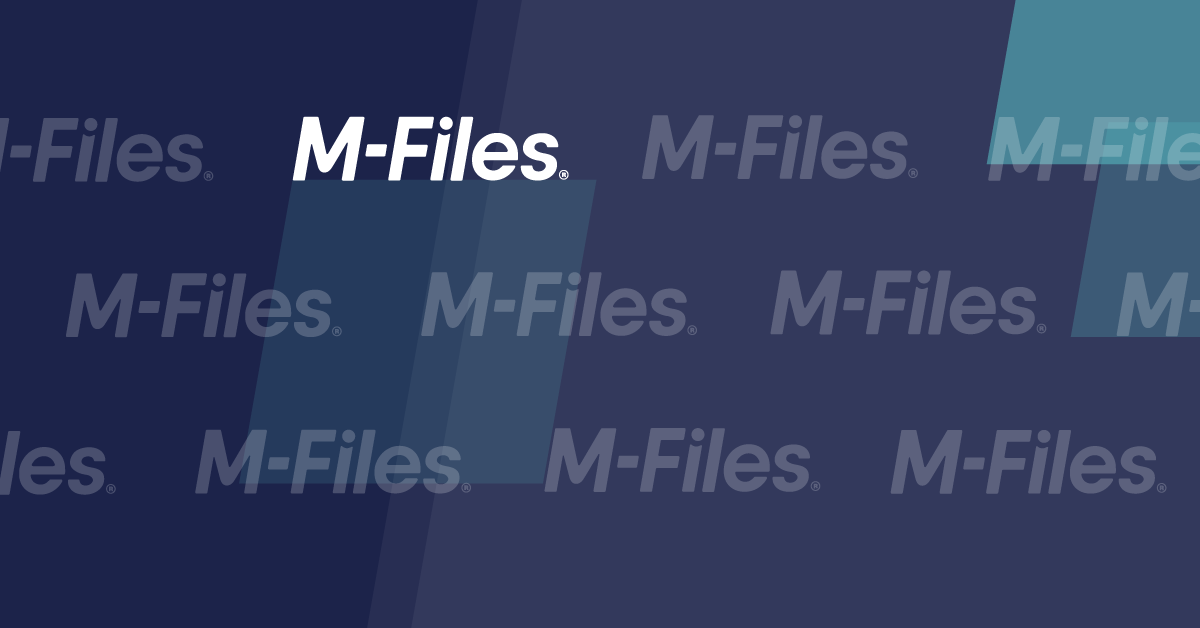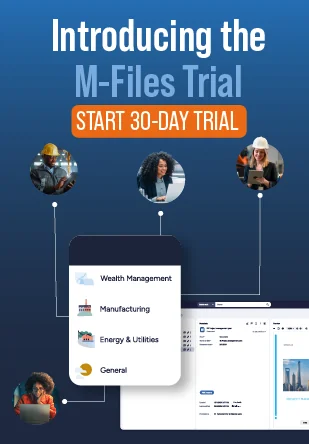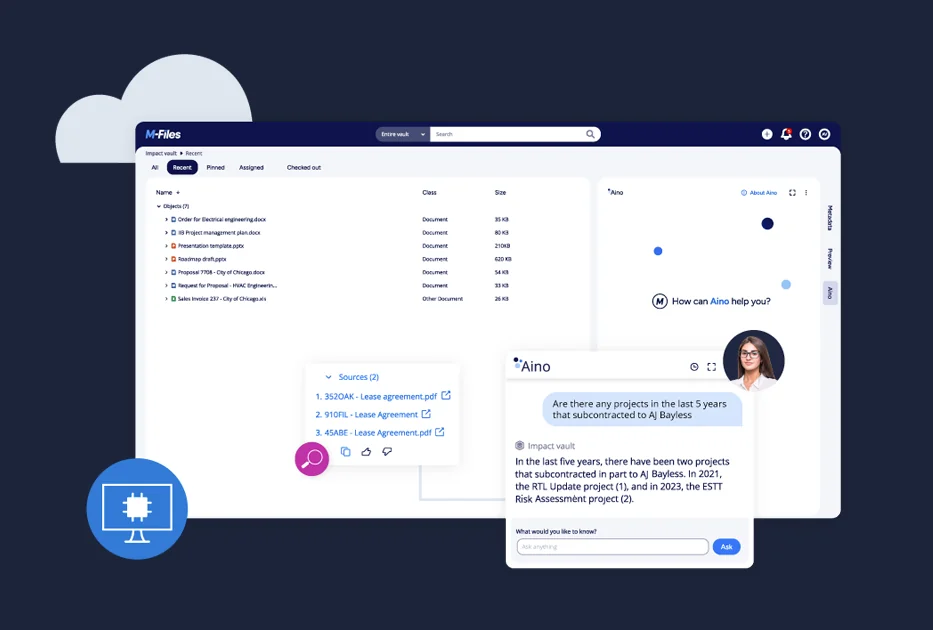Digital Transformation Begins Where Legacy Software Ends

One of the most important things to understand about a digital transformation is that ultimately, you’re talking about exactly that: a transformation from where you are today to where you hope to be tomorrow.
In order to get to that point, companies have to be willing to change. Not just for the sake of it, but because it makes the most sense at this particular moment given everything that you’ve set yourself up to accomplish. Clinging to old ways — or worse, old systems — runs contrary to that goal. It doesn’t just stifle innovation and make progress difficult — in most situations, it makes them largely impossible.
As a result, that change often starts with retiring those old legacy systems that are not supporting broader digital transformation initiatives. Indeed, this is one of the biggest hurdles that most digital transformations need to overcome in order to guarantee success and if you’d like that for your own organization, there are a number of important things you’ll need to consider.
A Digital Transformation is a Foundational Transformation
A key concept to understand with regards to digital transformation is that a corporate leadership focused on change is critical to what is about to happen. Leadership should be at the forefront of bringing in new software and new processes, all while taking a cold, hard look at how existing business “best practices” and technology platforms are no longer supporting the overall trajectory of the organization itself.
Because of this, organizations need to be willing to adapt their core systems and processes not to where they are, but to where they want to be. A key symptom that the time for this transformation has come takes the form of siloed information and business practices in various departments that ultimately make it difficult for people to communicate and collaborate with one another.
If information is trapped in a data silo and is only available to your finance team, for example, all of that insight and information is essentially cut off from other teams who might be able to use it — like sales. This doesn’t just put up a barrier where one doesn’t need to exist — it’s literally making it impossible for people (and their technologies) to talk to one another.
Data needs to flow freely not just between departments, but across your entire organization. This is true in terms of human resources, finance, IT and even legal. They can no longer afford to operate in their own distinct “lanes,” never sharing data with one another. There’s no such thing as “departmental data” in a digital transformation. Every last kilobyte of data belongs to your organization as a whole and it needs to be available in the exact same way.
Think about this issue within the context of your human resources department, for just one example. Most HR departments manage not only your existing employees, but the teams who are going out to find new ones, too. But if they don’t have access to critical information on things like the total number of workers, positions to be filled, and onboarding documentation, it can create a negative ripple effect across your entire enterprise. At a bare minimum, it makes it difficult to find those ideal candidates because you’re never really sure what you’re supposed to be looking for to begin with. At worst, it can make it difficult to adequately perform things like budgeting, reporting, security, invoicing and even payments.
Evolution Begins Inward
This is all why digital transformation must be seen as so much more than just “throwing on a fresh coat of paint.” Any components that can be moved to new physical or cloud-based infrastructures should be. Any existing code that can be optimized on the backend WITHOUT changing front end behavior or features should be.
But no matter what, you need to essentially start over with the idea of what your business is and make sure it properly aligns with what your business CAN be. You must take new business requirements into account when creating your digital transformation plan and build something fresh and new from the ground up.
Within the context of a digital transformation, nostalgia is not the asset you think it is. If there is an existing legacy system that is holding you back, and the only argument in favor of keeping it is, “Well, that’s just the way we’ve always done things,” that’s not very compelling.
You need to dive deep into your infrastructure, taking a close look at all of your interconnected components, systems, and applications. You need to understand how they all fit together, how they’re all supposed to work together, and how one might be holding the others back.
In no uncertain terms: you cannot simply update one problematic component without giving the others a very close look.
Again, this is about so much more than just maximizing your IT investment. This is literally about creating a solid foundation that your business can build from to thrive and innovate for the next decade and beyond. Yes, this is going to require a significant change and a lot of effort will be involved.
But as the old saying reminds us, “You can’t make an omelet without breaking a few eggs.” That’s why digital transformation begins where legacy software ends — because at some point, you need to break those eggs so that you can move on with the rest of what is to come.
Future-Proof with M-Files
M-Files intelligent information management addresses the problem of disconnected data silos. With the Intelligent Metadata Layer, all of the places where information likes to hide are connected in one, central location. It no longer matters where your files live, but what they actually are takes center stage and the content of your files is key to digital transformation initiatives. The file name and location become just semantics — as they should be.
For more on digital transformation and how COVID-19 exposed who won and who lost, check out our podcast.









